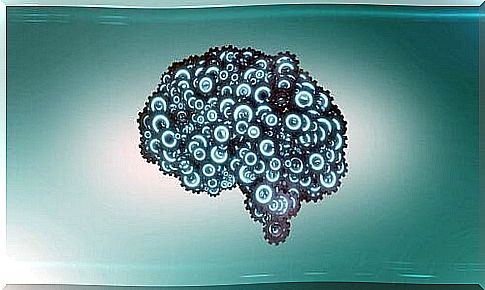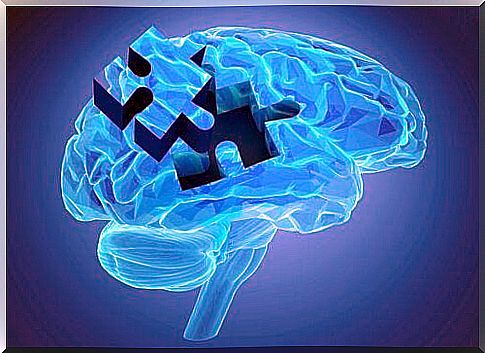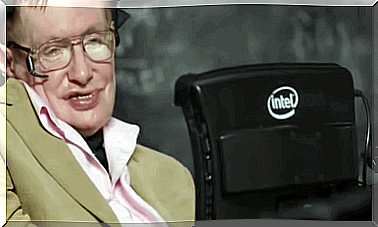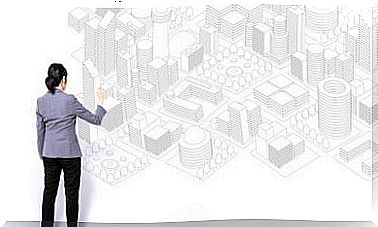The Importance Of Working Memory

Working memory is a cognitive component linked to memory that allows the temporary storage of information with limited capacity. We all use working memory for all kinds of daily activities and tasks. When we calculate the grocery bill, when we take notes and make reminders, when we talk, we are using our working memory. Thus, the result of all these processes will directly depend on their functioning.
Working memory, also called working memory, is a type of short-term memory that takes care of storing and temporarily manipulating information. It is a type of memory that keeps certain information in our focus of attention while performing complex cognitive tasks. Using a metaphor, we could say that in our mental operating room, working memory is both the stretcher that supports the patient and the surgeon who operates on him. The result will logically depend on how we manage to do both processes simultaneously.
What are the main features of working memory?
The main features of working memory are as follows:
- Has a limited capacity
- It is active: it manipulates and transforms information.
- Constantly updates its contents.
- It is closely related to long-term memory. However, it can work with contents stored in long-term memory and, at the same time, with contents stored in short-term memory.

The importance of working memory
Have you ever tried to repeat the same phone number to dial it 10 seconds later and can’t remember anymore? It is at this moment that we realize the importance of working memory for our daily lives and the benefits we can obtain by exercising it and “keeping it in shape”.
For example, working memory is fundamental in the decision-making process and in the proper functioning of executive functions, especially when there is a great need for attention and planning of actions. It is important in understanding oral and written language because it allows us to keep each word active, recognize it, analyze it semantically, compare it with other words and match it with information stored in another type of memory or with information we receive in that moment through the senses.
Working memory is the engine of cognition. As such, it is essential in cognitive tasks such as those related to calculation, purely logical reasoning and perceptual-motor control. It is also related to very different learnings, such as learning to read and learning math. A person who has brain damage associated with memory problems may not be able to define a word or decide whether two words have a phonetic similarity.
Is short-term memory the same as working memory?
Short-term memory allows a limited amount of information to be kept for a short period of time. It is considered a “passive warehouse”, which has a limitation in capacity and duration. Working memory, on the other hand, allows the realization of conscious cognitive processes that require attention, revision, manipulation, organization, and connections to long-term memory.
Despite this apparent conceptual difference, there is currently a debate about whether working memory equals short-term memory. On the one hand, a large number of researchers consider that these two warehouses are or form a single temporary storage system, which allows them to work with information to solve or perform complex cognitive tasks.
On the other hand, some authors consider that the two systems are different and perform different functions. For them, short-term memory would only involve storage, while working memory would involve processing, that is, storage and manipulation.
Baddeley and Hitch’s multi-component model
In an attempt to explain the functioning of the multicomponent working memory model, Baddeley and Hitch introduced an innovative model that proposed the division of working memory into 4 subsystems or specialized components:
- The central executive: is responsible for supervising, controlling and coordinating the other systems. Not involved in storage tasks. It is considered an attentional supervision system, which allows changing the focus of attention (selective attention).
- Phonological loop or cycle: allows the acquisition of vocabulary. It is essential in developing other intellectual skills. It is divided into two systems: the passive phonological store, which keeps verbal information; and the subvocal process, which “updates” and maintains this information.
- Visuospatial agenda : allows us to notice objects, find an address or play chess. It is also divided into two systems: the active visual warehouse and the internal writer, which perform the same functions as the components of the phonological cycle.
- Episodic buffer: allows you to connect information from the phonological cycle and the visuospatial agenda, as well as the representations of long-term memory.
The neuroanatomical structures involved in working memory
Working memory is not located in a unique part of the brain, but requires the activation of a specific neuronal circuit. It works by activating the prefrontal cortex, a brain area involved in planning complex behaviors, in decision-making processes, and in adapting social behavior to various situations.

When it is active, its function resides in the interaction between the prefrontal cortex and different areas of the posterior cortex, temporal lobe and occipital.
- The temporal lobe allows storing and manipulating short-term verbal information (phonological loop activity).
- The occipital lobe processes visual information (visuospatial agenda activity).
Working memory is an active temporary memory store. Thanks to him and his ability, we can follow, understand the language, read, perform mathematical calculations, learn or reason. This is all fascinating, isn’t it?









